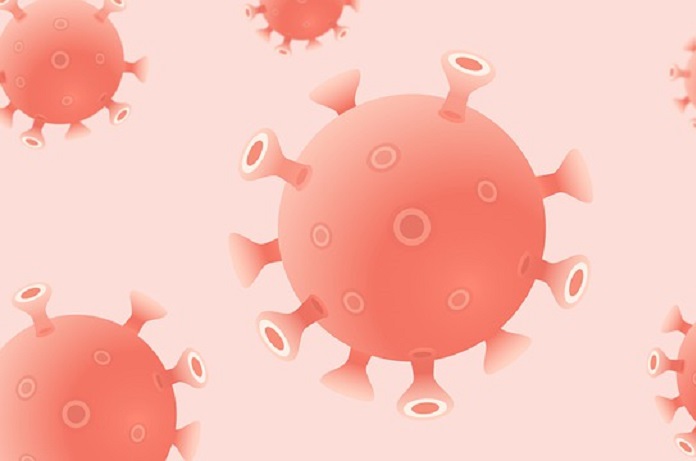A recent study reports on the beneficial effects of a new inhalable COVID-19 treatment.
Coronavirus disease 19 (COVID-19) originated in Wuhan, China December of 2019 and has since turned into a pandemic. As this rapidly growing health crisis has swept over the globe, it has affected 4 million people and caused 283,000 deaths in over 230 countries. There has been significant scientific research into the development of both vaccines and effective COVID-19 treatment. In some cases, medications such as hydroxychloroquine, have shown initial promise, however, research does not support significant benefits, sometimes revealing negative side effects in patients. Researchers from Fudan University in China discovered the use of small immune molecules, IFN-k and TFF2, to improve clinical symptoms and reduce inflammation, as a potentially effective COVID-19 treatment.
The researchers studied 86 COVID-19 positive patients from Shanghai Public Health Clinical Center between March 23-May 23, 2020. All patients were confirmed via throat swab and exhibited infection symptoms: fever, cough, muscle pain, diarrhea, shortness of breath, and pneumonia. The treatment was designed as an inhalable IFN-k and TFF2 spray. It was given to the patients every 24 hours over the course of six days. The participants were divided into two groups—40 received basic standard care, and 40 received standard care with treatment. Daily nasal, throat, and stool samples were collected to detect the virus. Chest scans were also performed every three days to monitor patient progress. Other laboratory exams included blood, liver, and kidney tests to evaluate the safety and effectiveness of the treatment.
Inhalable IFN-k and TFF2 spray improved course of COVID-19 illness
The study reported that the group receiving the experimental treatment had overall better COVID-19 outcomes. They were able to clear the viral infection in an average of 3.8 days, whereas the control (no treatment received) group averaged a longer time of 8.7 days. The experimental group also had a greater number of total patients who were able to clear the illness as opposed to the control.
Chest imaging confirmed these findings; patients in the experimental group had clearer scans in a shorter amount of time, 6.8 days, but it took the control group patients 8.7 days to present with the same results. Other laboratory analyses revealed that the treatment did not cause any persistent or damaging inflammatory responses. In general, patients reported no uncomfortable side effects from the inhalation treatment.
The researchers were able to determine that the IFN-k and TFF2 inhalable treatment was indeed safe and effective. When supplemented with standard care, COVID-19 patient outcomes were superior to those receiving standard care alone. Patients experienced greater suppression of COVID-19 replication, clinical improvements, and shortened time of hospital stay. Although the study was well designed, the absence of a placebo group and the lack of blinding patients and doctors to the treatment group created limitations. To truly validate the results of the study, other variables must be ruled out, and clinical decision-making must be unaffected. Future studies are now required to conduct larger scale trials.
Written by Melody Sayrany
References:
Fu, W. et al. An open-label, randomized trial of the combination of IFN-κ plus TFF2 with standard care in the treatment of patients with moderate COVID-19. EClinicalMedicine 27, 100547 (2020).
Image by iXimus from Pixabay



